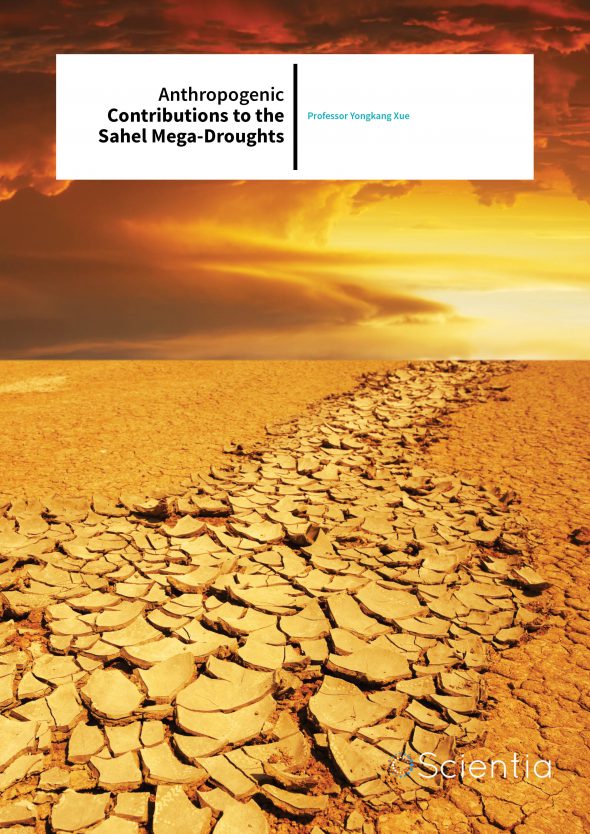Professor Yongkang Xue – Anthropogenic Contributions To The Sahel Mega-Droughts
Geography and climatology researcher Professor Yongkang Xue at the University of California, Los Angeles, has shown for the first time, in a series of studies using multi-model efforts, that the Sahel region 30-year long droughts are partly a result of human activity in the area. In his investigations, he compares this effect with the impact of sea surface temperature anomaly.
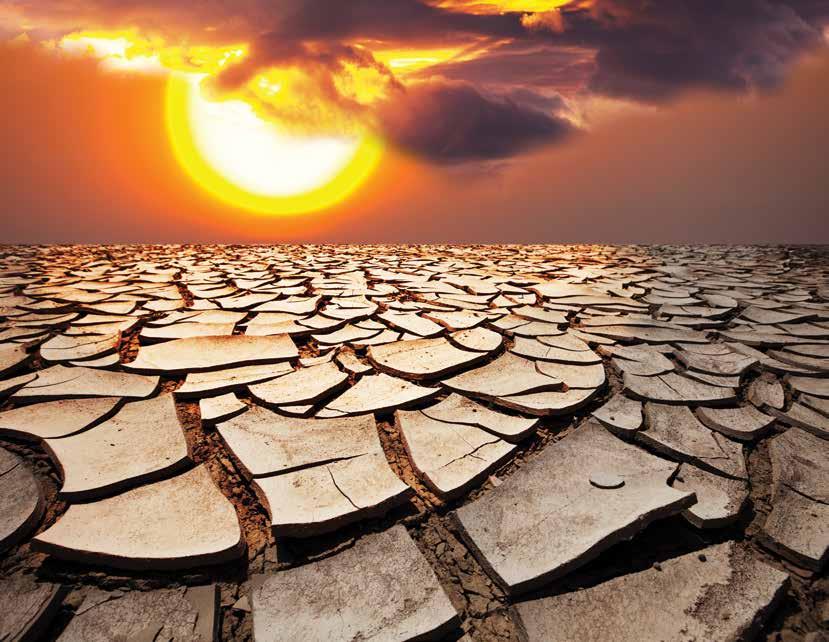
Large-Scale Climate Anomalies in the Sahel
The Sahel is one of the most extraordinary, striking regions on the planet. Home to a population of 50 million people, the Sahel forms a sub-Saharan belt with a maximum width of 1,000 km, spanning the entire 5,400 km of the African continent from the Atlantic Ocean and all the way to the Red Sea. Over the past 50 years, the population in this area has doubled and there are signs that it may double again by 2050. This region covers parts of Senegal, Mauritania, Mali, Burkina Faso, Algeria, Niger, Nigeria, Chad, Sudan, South Sudan, Eritrea, Cameroon, the Central African Republic and Ethiopia. Aside from being a massive geographical feature, the Sahel represents the ecological, climatic, and biological transition area between the Sahara Desert in the north and the Sudanian Savanna in the south. Unfortunately, this area is prone to serious droughts. ‘West Africa or Sahel had the most severe droughts on Earth during the 20th century,’ Professor Xue tells us. Climatologists have taken into consideration the effects of anthropogenic land use and land coverage change (LULCC) as a factor for these droughts known to sometimes last for three decades at a time. However, the issue has been controversial.
The Sahel saw several severe drought periods during the 20th century in the 1940s, 1960s, 1970s and 1980s, all of which were followed by famines that claimed human lives and livestock, and lead to serious land degradation. However, the most lengthy and intense decades of drought were those between the 70s and 80s. ‘The Sahel drought lasted from the 1970s to the 1980s, which was the longest and most severe large scale drought in the world in the last century.’ Professor Xue explains. ‘The United Nations had two international desertification conferences due to this drought. The causes of the drought were under intense debate, and some claimed it was natural and mainly due to sea surface temperature variability. Other scientists, such as myself, consider that humans, through land use and land cover change, were also one of main causes. Exploring the human effect on this issue is quite challenging. I believe my research is important to prevent such disastrous droughts and mitigate their effect.’
In an international effort to investigate these droughts, the West African Monsoon Modelling and Evaluation project (WAMME) was initiated as part of a climate science collaboration called the Coordinated Enhanced Observing Period (CEOP)/the Global Energy and Water cycle Exchanges (GEWEX) investigating climate variability and anomalies. The GEWEX uses satellites, observational data, and continental-scale experimental models to create better climate predictions and study monsoon systems. Monsoons are seasonal wind direction reversals and precipitation changes that characterise Asian-Australian and West African regions, such as the Sahel. The WEMME collaboration aims to better understand the mechanisms behind the Sahel drought that impacts water availability in monsoon regions. The collaboration also hopes to uncover the role of oceanic, land, and atmospheric forcing factors in the West African climate system. Within the collaboration, WAMME and WAMME II employ state-of-the-art earth system models to explore how ocean, terrestrial ecosystem, and aerosol processes and their interactions influence the weather and climate variations over decades in West Africa.
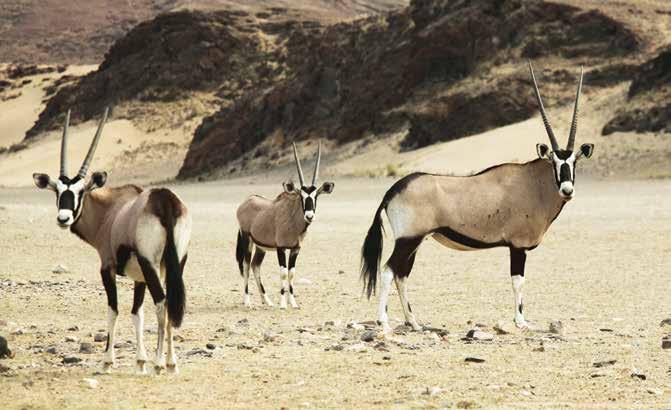
‘My work focuses on how land-atmospheric interactions affect the weather and climate – especially the effect of human-induced land use and land cover changes’
A Crash Course in Climate Science
During the first WAMME and the second (WAMME II) projects, Professor Xue and his colleagues developed new mathematical tools and experimental models to understand droughts. ‘My work focuses on how land-atmospheric interactions affect the weather and climate – especially the effect of human-induced land use and land cover changes.’ he explains. ‘To reach this goal, I have developed comprehensive land models that can realistically represent the land processes (including surface water, carbon, energy and ecosystem processes) and their interactions with atmosphere. Using these models, I explore how land degradation affects the West Africa and East Asian droughts, how land surface processes contribute to the weather and climate processes, including the atmospheric circulation, and how spring land surface anomalies in the western mountain area in the northern hemisphere affect the downstream droughts and floods.’
From a geographical coverage perspective, climate evolution models are either atmospheric general circulation models (AGCM) or regional circulation models (RCM). In both cases, the climate model requires the studied area to be divided into small sub-regions by means of an orthogonal grid. Although at the large scale the simulated climate evolution may not influenced by the size of the grid, predictions for small regions best work when the grid resolution is high and the size of each grid square is small. The problem posed by trying to make small-scale predictions in global models is that high resolutions are computationally intensive and therefore require massive computational resources. Fortunately, current computer technology is able to satisfy this demand. The models need to take into consideration mathematical and physical processes that represent the dynamics of the climate and forcing agents.
The attribution of climate fluctuations to specific forcing agents such as sea surface temperature, land use or aerosols is one of the central subjects for climate science. A forcing agent can be defined as any factor capable of influencing a mathematical model composed of several differential forcing functions, such as solar radiation, greenhouse gases, etc. The LULCC and sea surface temperature are also represented in climate models by means of forcing functions. An imposed forcing function represents the unyielding influence of a single agent on the system over the studied period of time. In short, climate models with forcing functions simulate the action of an imposed factor on the dynamical system of equations; whereas temperature, humidity, rainfall and wind can change due to this function.
In order to systematically understand climate behaviour and trace it back to the factors causing it, climate scientists have a range of mathematical methods at their disposal. For instance, they can use statistics to compare the observed climate variability with respect to time with the responses of a model to the imposed forcing. If the variations of the actual climate match those of the model response and vice versa, it follows that this forcing plays a role in climate variability and anomalies. To create proper models for such experiments, scientists must first verify the behaviours, such as how well the models generate a reasonable representation of a West African monsoon through climate model experiments, as did in the first WAMME project. If models have deficiencies in producing some basic climate behaviour, such climate models can be tweaked by improving mathematical and physical processes that they represent in successive iterations until a good model behaviour is established.
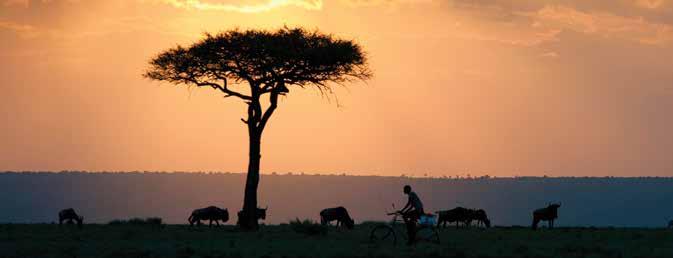
‘I believe my research is important to prevent such disastrous droughts and mitigate their effect’
The Effect of Land Use and Land Cover Change
Knowing that population activity and dynamics in the Sahel region trigger a large scale effect capable of altering the regional climate over decades, Professor Xue and his collaborators in the WAMME project tested their working hypothesis by employing several climate models from different institutions across the world. These models have included forcing functions corresponding to the action of aerosols, sea surface temperature, and LULCC.
WAMME II involved working with eight global circulation models and four regional climate models with spatial resolutions ranging between 20 and 200 km. The models included comprehensive aerosol schemes and biophysical representations of processes taking place on the surface of the land. To test the impacts of sea surface temperature on the rainfall anomaly, the WAMME II imposed the maximum sea surface temperature anomaly observed in the 1950s – a period with abundant rainfall – in one experiment and the maximum observed sea surface temperature in the 1980s – a period with severe drought – in another experiment. The difference in simulated rainfall between these two experiments was compared with the observed difference between the 1950s and the 1980s. The analysis considered the impact of sea surface temperature anomalies in different ocean basins, such as the Pacific Ocean, because the effect in Sahel can be a manifestation of direct forcing from the neighbouring ocean, or indirect forcing, in which remote oceans can interact with the region via atmospheric anomalies.
To test the LULCC effect, the procedure used a control simulation, where normal (or a natural without human intervention) land cover conditions were imposed as forcing, such as the 1950s land conditions. In another LULCC experiment, land use and land cover maps in the 1980s were imposed. Comparisons between the results of the control simulation and the LULCC experiment highlight the effect of LULCC on the 1980s drought. The LULCC experiments were based on maps of crop and pasture surfaces and the variations of these surfaces during the past centuries. The land usage map clearly showed a pattern of significant change in land use over the Sahel in the past century, which largely levelled off after the 80s. The LULCC effect map is characterised by areas where natural vegetation degraded. Introducing LULLC as a forcing factor resulted in more than a 30% decrease in broadleaf trees and roughly 15% decrease in grasses. Consequently, the local albedo increased by up to 0.10 from a value of ~0.16 in some areas. The maximum impact occurred in the degraded land area, and the strongest climatological anomaly appeared in West Africa.
As planned from inception, the models have evaluated the sensitivity of the Sahel climate LULCC and compared the effect with that caused by sea surface temperature. Although sea surface temperature forcing explained a large part of the rainfall deficit, the LULCC accounted for a wet signal to the south of Sahel – a feature of the rainfall anomalies observed in the 80s Sahel drought – which cannot result from sea surface temperature forcing. When imposing the sea surface temperature forcing to the maximum feasible values as discussed earlier, Professor Xue and his collaborators found that, with maximum possible SST forcing, SST can account for up to 60% of the precipitation anomaly between the 1950s and 1980s, whereas LULCC, which is probably also a maximum possible LULCC scenario, accounted for 43%. This is less than the surface temperature effect but is still a significant proportion, and should be considered as a first order effect. A comparison of the anomalies caused by the forcing due to sea surface temperature and LULCC revealed that SST causes a precipitation anomaly to form near the equator, starting in late winter and early spring, whereas the LULLC-induced anomaly only develops when a monsoon rainfall band moves into the Sahel region where the forcing is applied. The maximum response to LULCC forcing occurred during the summer monsoon months. This phenomenon shows that SST has a role in triggering the Sahel drought but land surface processes respond to the drought and amplify it.
Meet the researcher
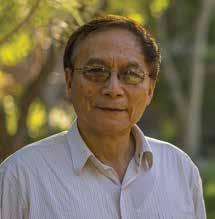
Professor Yongkang Xue
Department of Geography
Department of Atmospheric and Oceanic Sciences
University of California
Los Angeles, USA
Professor Yongkang Xue received his Ph.D. in meteorology from the University of Utah in 1987. He is a fellow of the American Meteorological Society and has multiple research interests such as climatology, atmosphere-land surface modeling and dynamics, regional dynamic downscaling, meteorological prediction, and remote sensing. His work focuses on studying how land-atmospheric interactions affect the weather and climate, especially the effect of human induced land use land cover changes. For this purpose, he developed realistic land models which take into consideration all land processes, such as surface water, carbon, energy, and ecosystem processes, and their interactions with the atmosphere. Currently, the areas where he focuses his research include West Africa, Continental U.S., East Asia and South America, Throughout his career, Professor Xue has published 183 research articles which have been cited about 8,000 times.
CONTACT
T: (+1) 310 825 1122
W: http://www.geog.ucla.edu/faculty/yxue
KEY COLLABORATORS
Dr Aaron Boone, Centre National de Recherches Météorologiques, France
Dr William Lau, University of Maryland, College Park, USA
FUNDING
NSF
REFERENCES
Y Xue, F De Sales, W K-M Lau, AA Boone, K-M Kim, CR Mechoso, G Wang, F Kucharski, K Schiro, M Hosaka, S Li, LM Druyan, IS Sanda, W Thiaw, N Zeng, RE Comer, Y-K Lim, S Mahanama, G Song, Y Gu, SM Hagos, M Chin, S Schubert, P Dirmeyer, LR Leung, E Kalnay, A Kitoh, C-H Lu, NM Mahowald, Z Zhang, West African monsoon decadal variability and surface-related forcings: second West African Monsoon Modeling and Evaluation Project Experiment (WAMME II), Climate Dynamics, 2016, doi:10.1007/s00382-016-3224-2.
AA Boone, Y Xue, F De Sales, RE Comer, S Hagos, S Mahanama, K Schiro, G Song, G Wang, S Li, CR Mechoso, The regional impact of Land‑Use Land‑cover Change (LULCC) over West Africa from an ensemble of global climate models under the auspices of the WAMME2 project, Climate Dynamics, 2016, doi:10.1007/s00382-016-3252-y.

